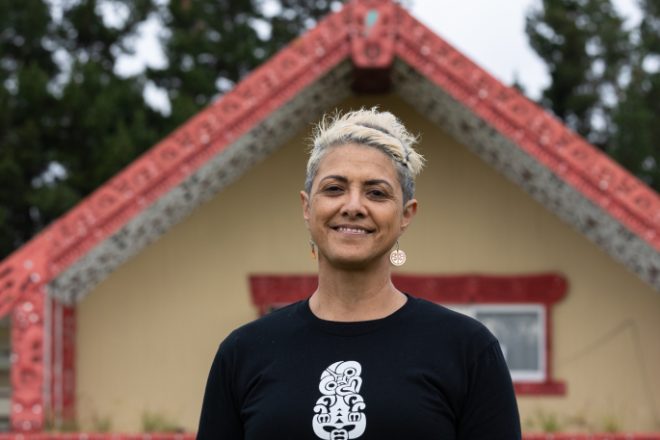Ngáti Kuri和Te Rarawa部落成员朱莉·戴维斯最近参加了在罗托鲁瓦举行的首届龙戈阿毛利人会议。5月份的为期两天的活动由ACC赞助,汇集了超过450名Rongoá毛利疗法(一种传统的毛利人治疗机构)的从业者和医疗服务提供者。会议的目标是建立关系,增进新西兰卫生部门对这种治疗方法的理解。
戴维斯是ACC的Rongoá毛利人专家咨询小组的成员,她对这次活动表示兴奋。她说,这是所有参与者分享知识、互相学习和探索更好地为社区服务的方法的绝佳机会。她希望这次会议能够提高人们对龙戈阿毛利语和传统疗法的好处的认识和理解。
戴维斯最初来自遥远的北方,现在居住在惠灵顿,负责管理马纳瓦·奥拉。她注意到传统毛利疗法的复兴。Rongoá毛利人的目标是恢复平衡,找出疾病和不健康的根本原因。她说,越来越多的人对学习和访问Rongoá毛利语表现出兴趣。
她将自己对龙戈阿毛利人的热情归因于她在一个社区的成长经历,而这正是生活中正常的一部分。她说,它不仅用于治疗疾病或受伤,还用于维持整体健康。
自2020年6月以来,ACC已向Rongoá毛利人提供了一种恢复选项,并将其纳入了超过10,000份索赔中。目前,从远北到斯图尔特岛,有200名从业者在ACC注册,在北国有24个组织或从业者提供龙戈阿毛利语服务。在2020年6月至2024年3月期间,ACC为北国地区的658名客户提供了使用Rongoá毛利语服务的支持。
戴维斯认为,ACC的支持为龙戈阿毛利人的复兴做出了重大贡献。她说,在过去三年中,寻求服务的人数翻了两番。在过去的四年中,ACC资助了超过77,000次Rongoá毛利语课程,申请访问Rongoá毛利语的人数翻了一番。她说,ACC在使Rongoá毛利人更容易接触到他们的社区和家庭方面发挥了至关重要的作用。



















































-360x245.jpg)









